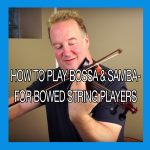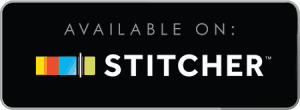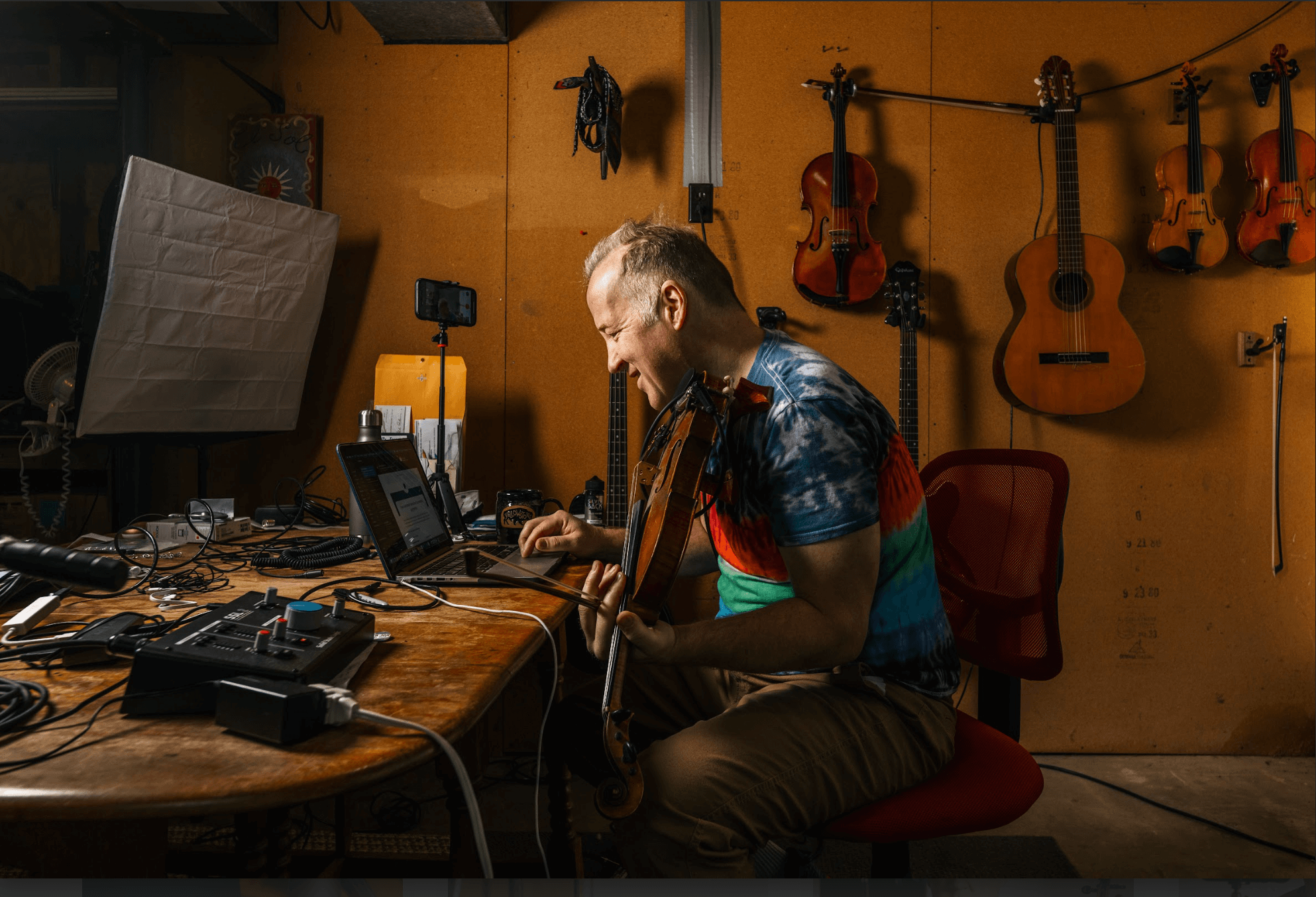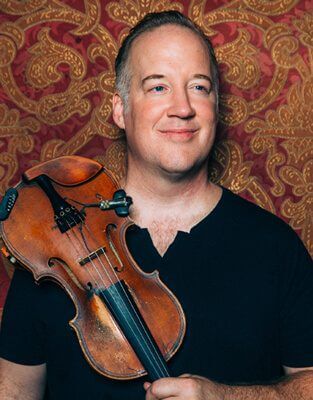Learning to play Bossa, Choro, and Samba can be a gateway to increasing versatility in classical musicians.
Brazilian music is infectious. Check out this Samba from the opening scene in the Disney movie, Rio:
I’ve created a free video playlist breaking down “How to Play Bossa and Samba” on violin, viola, and cello, as well as a new deep dive course, complete with transcriptions and analysis.
Here’s a video of a solo I took on the Brazilian song “Tristeza”.
This tutorial offers strategies to assimilate Bossa and Samba on bowed strings:
Members of the Creative Strings Academy receive full access to the course. Subscribe for a free trial to the Academy to access everything.
There’s often a gateway style that leads some classical musicians to check out music beyond their training. For me the gateway was rock music that primed the pump to modern jazz, R and B, free improvisation, composition, arranging, and more.
Some styles may be easier for classical musicians to access and assimilate due to the relative familiarity of rhythms, harmonies, or melodies. Jazz, with it’s reliance on triplet-based swing, unfamiliar harmonies and melodies, can be especially difficult at first for some classically trained musicians.
Bossas and Sambas, with their reliance on duple feel, may be a more feasible next step to follow on Rondos, Allegrettos, Allegros, and other standard fare of classical musicians. It still offers plenty of challenges similar to those found in rock, funk, bluegrass and other styles.
That’s one reason why I think Bossas, Sambas, and Choros are perfect for classically trained musicians to increase rhythmic, harmonic, and melodic fluency.
Here’s another reason:
A common problem classical musicians face when they begin to branch out is taking on too much new information at once.
For example, when you start trying to learn jazz, you’ll be confronted with new rhythmic, harmonic, and melodic language, not to mention the challenge of improvisation.
Bossa/Samba or other Brazilian grooves offer enough of a rhythmic challenge without being from a different planet. If learning swing-based music is akin to an English speaker learning a non-latin spoken language, learning the rhythmic language of Brazilian music is more like learning a latin spoken language- there’s more of an anchor to latch onto. Students may experience more success early on.
For similar reasons, Rock and Appalachian styles could also be ideal gateway styles.
Something which differentiates Brazilian music from Rock or Bluegrass is an introduction to Latin claves as well as Jazz harmonies. It arguably poses more of a rhythmic challenge for a typical classical musician.
That’s my theory anyway!
On this topic of contemporary styles, I would be remiss not to share a quote from Bruno Mars:
“When you say ‘Black music,’ understand that you are talking about rock, jazz, R&B, reggae, funk, doo-wop, hip-hop and Motown, Black people created it all. Being Puerto Rican, even salsa music stems back to the Motherland [Africa]. So, in my world, Black music means everything. It’s what gives America its swag.”
How to Play Bossa and Samba for Bowed Strings- Get The Course now while it’s available at an early discount.

If you liked this post, also check out How to Practice Improvisation on Violin and Cello
Subscribe to the Creative Strings Podcast:
Subscribe to get more Creative Strings resources on YouTube:









